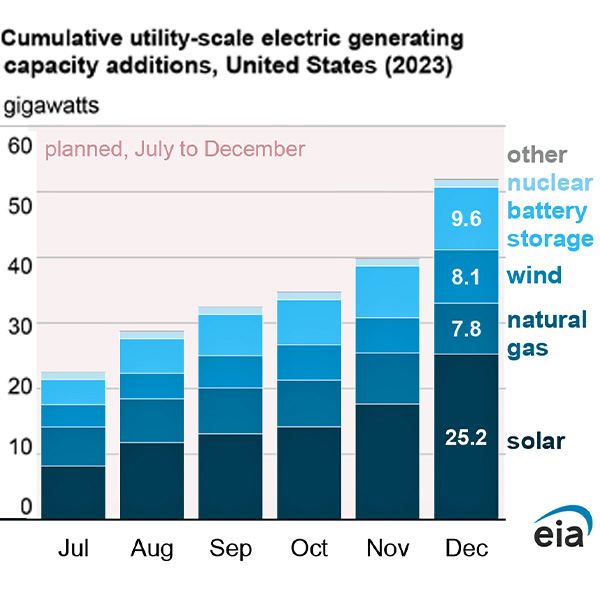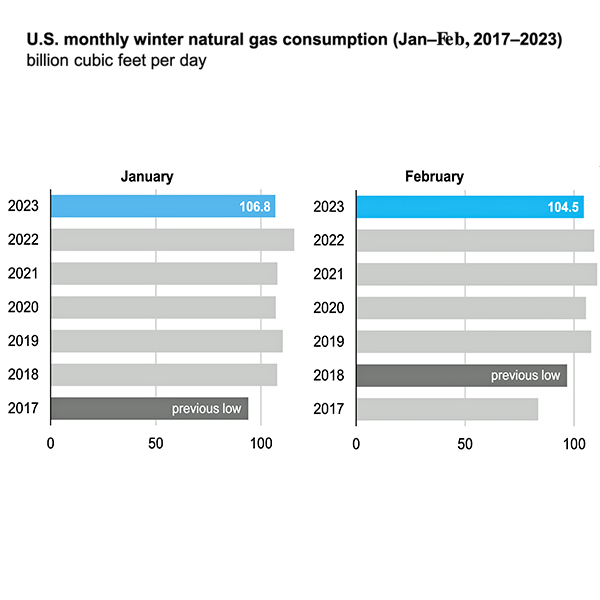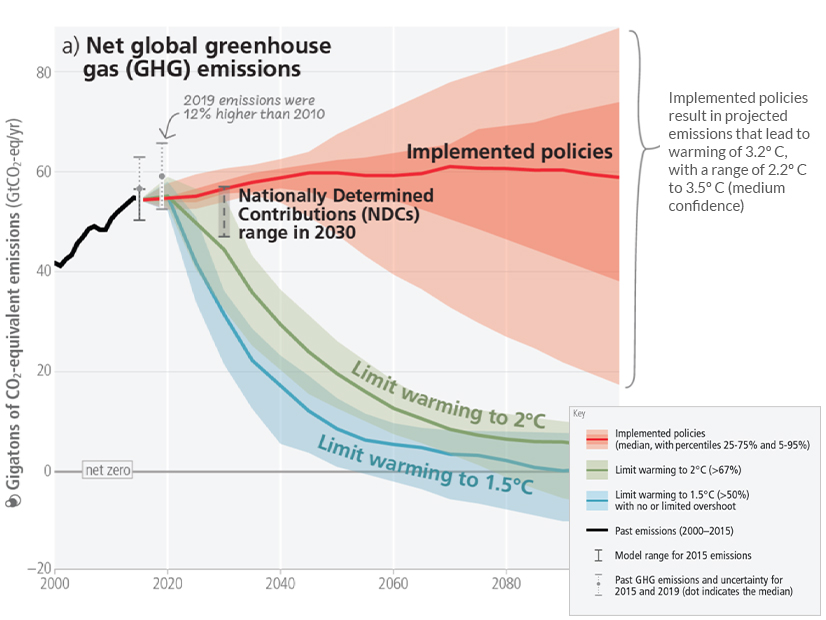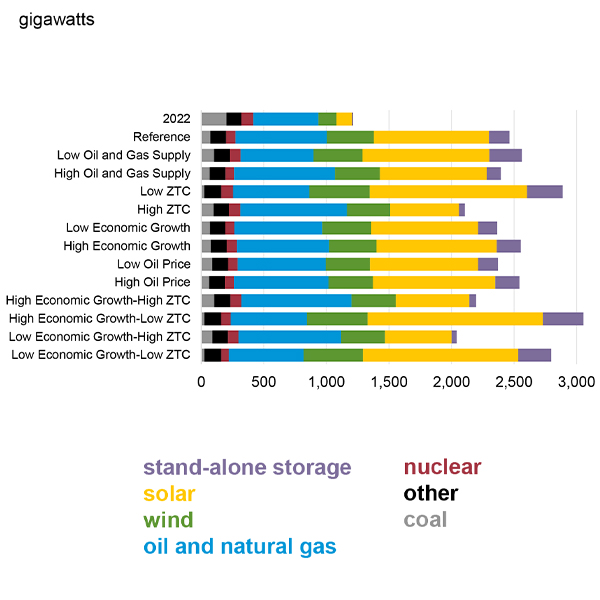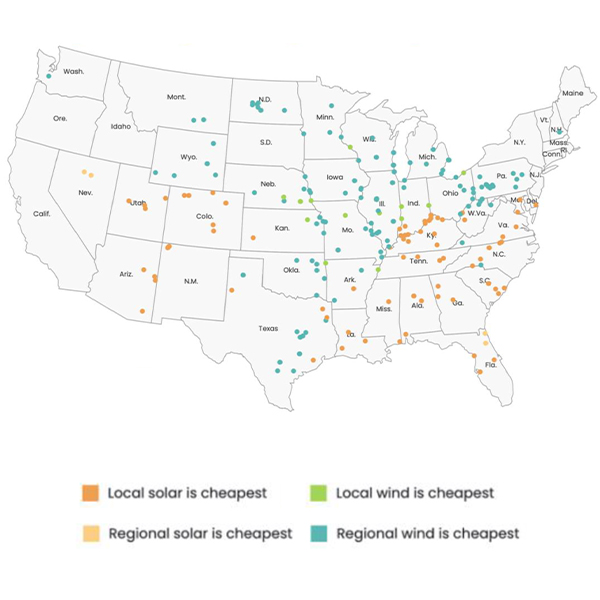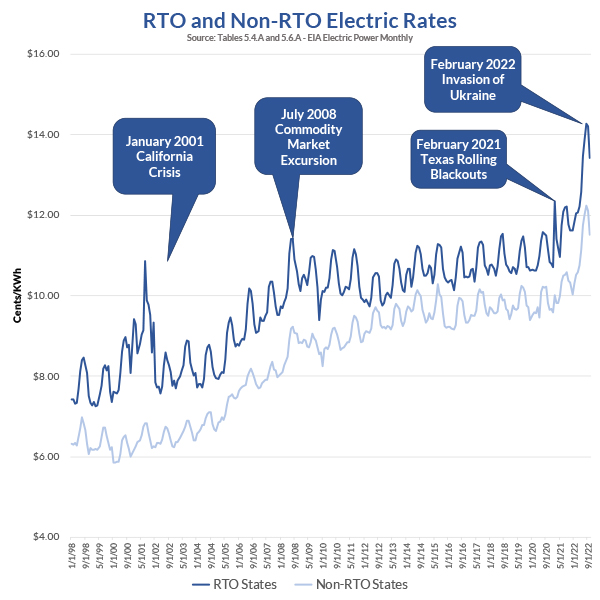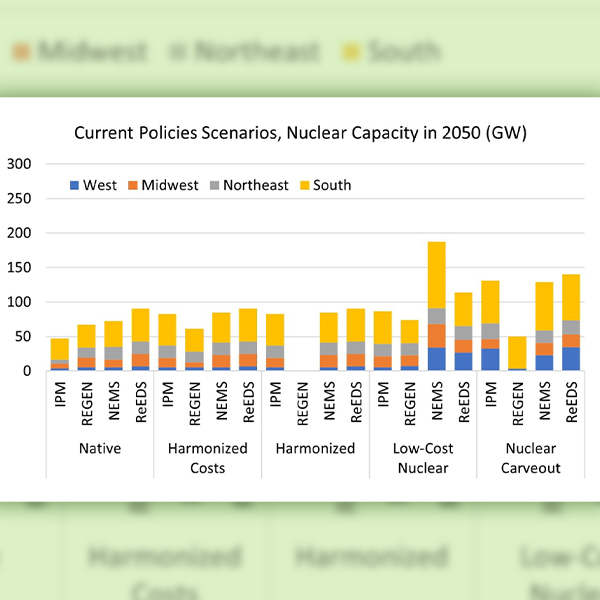Energy Information Administration (EIA)
The Energy Information Administration gave contrasting snapshots of the U.S. energy sector Tuesday: oil production approaching a new high and solar power installation soaring as well.
With fuel prices much lower than in 2022, record amounts of electricity are expected to be generated by burning natural gas in July and August 2023.
California's duck curve deepened to new levels this spring as solar capacity increased, at times exceeding demand, the Energy Information Administration said.
RTOs in the Northeast are experiencing diminished solar output and lower-than-expected loads as smoke from Canadian wildfires passes over the region.
The U.S. Energy Information Administration reported that domestic use of natural gas reached a six-year January low this year.
A report released by the U.N. Intergovernmental Panel on Climate Change warns of potential climate catastrophe by the 2030s if GHGs aren't slashed immediately.
EIA projects the U.S. will be able to cut energy-related CO2 emissions 25 to 38% below 2005 levels by 2030, which falls short of President Biden’s target.
A new report found that nearly all coal plants studied “are more expensive to run than replacing their generation capacity with either new solar or wind.”
A recent New York Times article rekindled the debate over RTO markets and electric deregulation and a Harvard study released last month provides new ammunition.
By 2050 the U.S. could have anywhere from 2 to 329 GW of nuclear power in its generation mix, according to a report from the Electric Power Research Institute.
Want more? Advanced Search
